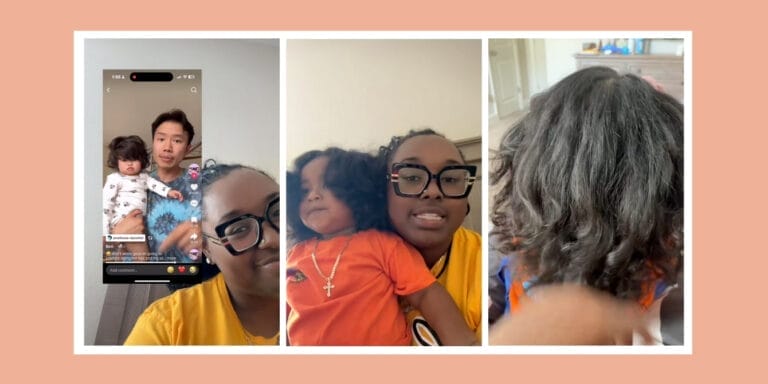When it comes to teaching kids how to read, U.S. schools MUST do better

Klaus Vedfelt/Getty
There has long been a debate among experts about how best to teach children to read in the United States.
Table of Contents
Amid a widespread literacy crisis in the U.S., schools are still debating on the best way to teach children how to read. Per the National Assessment for Educational Progress (NAEP), there has been a significant decline in reading skills during the last three years due to the pandemic—only about 10-30% of all students in public schools can read at grade level proficiently.
That’s a literacy crisis.
For a long time, there have been two schools of thought when it comes to the “best” way to teach children to read: Systematic, direct instruction on letters and sounds, also known as phonics, vs. using picture clues and other non-evidence-based ways of instruction so kids can figure out unknown words.
While it can be argued that every child learns a different way, especially when it comes to reading, the “science of reading” has pushed forth as the favorable way for kids to learn, according to experts. The “science of reading” is the converging evidence of five decades of research into what matters and what works in terms of literacy instruction.
What is “the science of reading?”
The foundation of the science of reading is phonics. The Northwest Evaluation Association (NWEA) has boiled down the science of reading to the following guidance:
- Phonological awareness: Teach students to recognize and manipulate the sounds within words. Move from syllables to the individual sounds, or phonemes. Explicitly connect phonemes to letters to more effectively support word decoding.
- Phonics and word recognition: Teach letter sounds and sound-spelling patterns explicitly and systematically. Practices that include both reading and writing of words in isolation and in text are most supportive of taught phonics.
- Fluency: Include frequent chances for students to read and re-read orally from connected text—sentences, paragraphs, and passages. Focus on the development of both automatic word recognition and fluent expression, keeping understanding of the text as the central goal.
- Vocabulary and oral language comprehension: Include high-quality, language-rich interactions in instruction. With read-aloud texts, unpack academic and inferential language. Explicitly build students’ recognition of shared morphemes (e.g., root words, affixes) across words, both in oral and written language.
- Text comprehension: Even before young students can read on their own, teach from rich texts via read-alouds and scaffolded reading. Teach students to use metacognitive strategies like setting a purpose, monitoring for meaning, and building inferences while reading. Discuss texts, including focusing on their organizational structures.
Related: The best way to teach kids about diversity and inclusion is through reading
The science of reading calls for schools to focus on the building blocks of words. For example, kindergarteners might play word games surrounding rhyming and individual syllables. This builds phonemic awareness. Young children will also learn how to make letter sounds and combine letters together. When my own daughter was in kindergarten last year, she would bring home worksheets filled with “nonsense words” that she was instructed to sound out. She was aware that the “nonsense words” weren’t actual words, and those worksheets absolutely helped her learn how to read at a proficient level.
The case for returning to phonics
LeVar Burton, actor, director, literacy champion, and beloved host of “Reading Rainbow” is an executive producer on a new documentary titled “The Right to Read” that focuses on the literacy crisis in America. He hopes the documentary helps change the way we teach kids to read by going back to what works: evidence-based phonics instruction.
“The balanced approach doesn’t work,” he tells US News and World Report. “Whole language doesn’t work. Education in this country is a large ship that moves slowly. We implemented this other method, and now a couple of decades later, we recognize, ‘Oh my goodness, we were wrong.’ We need to turn the ship and we need to turn the ship now.”
According to The Nation’s Report Card, 37% of children in the U.S. are reading below a basic level. And what “below basic” means is that kids in fourth grade, based on the most recent NAEP assessment, are functionally illiterate. Almost 70% of low-income fourth-grade students cannot read at a basic level.
Phonics approaches have been consistently found to be effective in supporting younger students to master the basics of reading. Research suggests that phonics is particularly beneficial for younger learners (4−7-year-olds) as they begin to read.
Related: Expert tips to help your child fall in love with reading
Amelia Malone, director of research and innovation at the National Center for Learning Disabilities, tells AP News that our role is simple but important when it comes to improving the literacy crisis.
It all boils down to one thing: reading to our kids. That and pushing for evidence-based literacy practices in our children’s schools.
“Parents can be part of the solution,” she said, “if we educate them on why this is kind of the movement we need.”





































